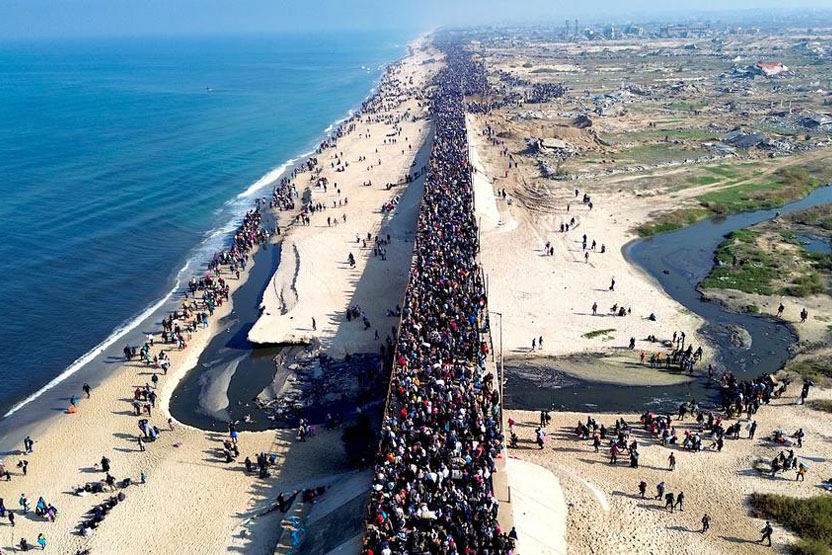
Each year, the International Day of Peace offers a moment to pause and imagine a world where conflict no longer dictates the fate of societies. Yet in 2025, as wars devastate entire regions, this vision feels remote. It also raises a deeper question that environmental debates too often sideline: can the planet ever recover while bombs are still falling?
War does not only scar human communities. It reshapes landscapes, poisons air and water, and accelerates the ecological crises we claim to fight. To speak of sustainability without addressing armed conflict is to ignore one of the greatest forces of destruction acting upon our shared environment.
Gaza: A Case Study in Environmental Devastation
The war in Gaza has become one of the starkest examples of how military campaigns inflict lasting ecological damage. United Nations assessments warn that the destruction of wastewater facilities, energy infrastructure, and agricultural land has produced a toxic environmental disaster. More than 37 million tonnes of rubble now blanket the territory — much of it laced with asbestos, heavy metals, and hazardous residues.
Farming, once a lifeline for local communities, has been all but erased. Reports indicate that less than two percent of cropland remains accessible. Olive groves, irrigation networks, and greenhouses have been reduced to debris, while airstrikes and uncontrolled fires saturate the atmosphere with pollutants. Experts caution that even the process of clearing debris could release tens of thousands of tonnes of carbon dioxide into the air — an overlooked climate burden of modern warfare.
For Gaza’s two million residents, this means more than ecological statistics. It means living amid contaminated soil, undrinkable water, and collapsing public health systems. The environment, in this context, is not collateral damage but both a victim and a weapon of war.
Beyond Gaza: A Global Pattern
The link between war and environmental destruction is not unique to Gaza. From the burning oil wells of Iraq, to the shelling near nuclear plants in Ukraine, to the deforestation of African forests during decades of armed conflict, war has repeatedly accelerated ecological collapse.
These crises reveal a shared truth: conflict multiplies environmental vulnerabilities. It undermines food security, erodes ecosystems, and deepens the suffering of communities already on the frontlines of climate change.
Rethinking Environmental Advocacy
Environmental movements have long focused on conservation, decarbonization, and biodiversity. These goals remain vital. But without peace, they risk becoming unattainable. How can ecosystems be restored in bombed-out landscapes? How can adaptation strategies succeed in refugee camps lacking clean water and sanitation?
Integrating peace into environmental advocacy is no longer optional. It requires recognizing that militarization is incompatible with sustainability. It requires calling for accountability when warfare creates toxic legacies that may endure for generations. And it requires standing with communities, like those in Gaza, whose struggle for survival embodies both human rights and environmental justice.
The International Day of Peace is not only a symbolic occasion. It is a reminder that peace is not an abstract ideal but the foundation on which environmental recovery depends. A ceasefire is more than a political demand; it is a prerequisite for climate action. Disarmament is not only about security; it is about creating the conditions for ecosystems to heal.
As the world grapples with the climate emergency, the message is clear: there will be no ecological balance without human peace. Wars scorch the earth today and rob future generations of the stability they need to thrive.
This year, amid the rubble of Gaza and the fires of other conflicts, the call of the International Day of Peace carries an unmistakable urgency: to imagine not just an end to violence, but the beginning of a sustainable coexistence — one where justice for people and justice for the planet are inseparable.


Comment
Reply